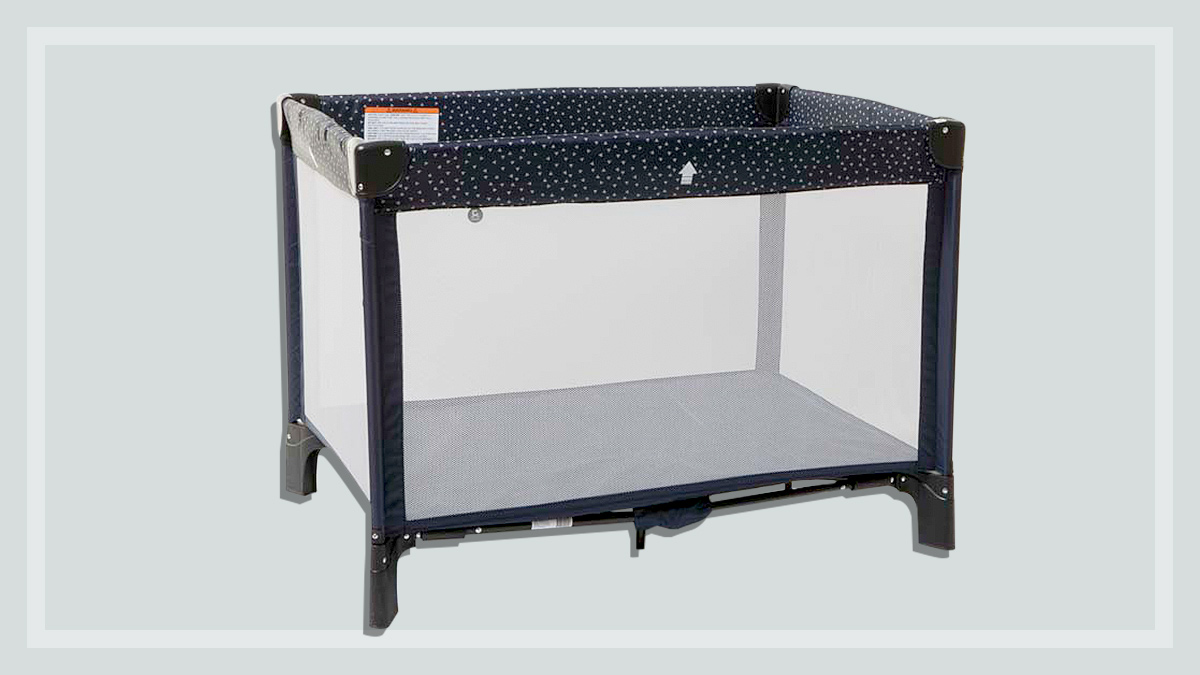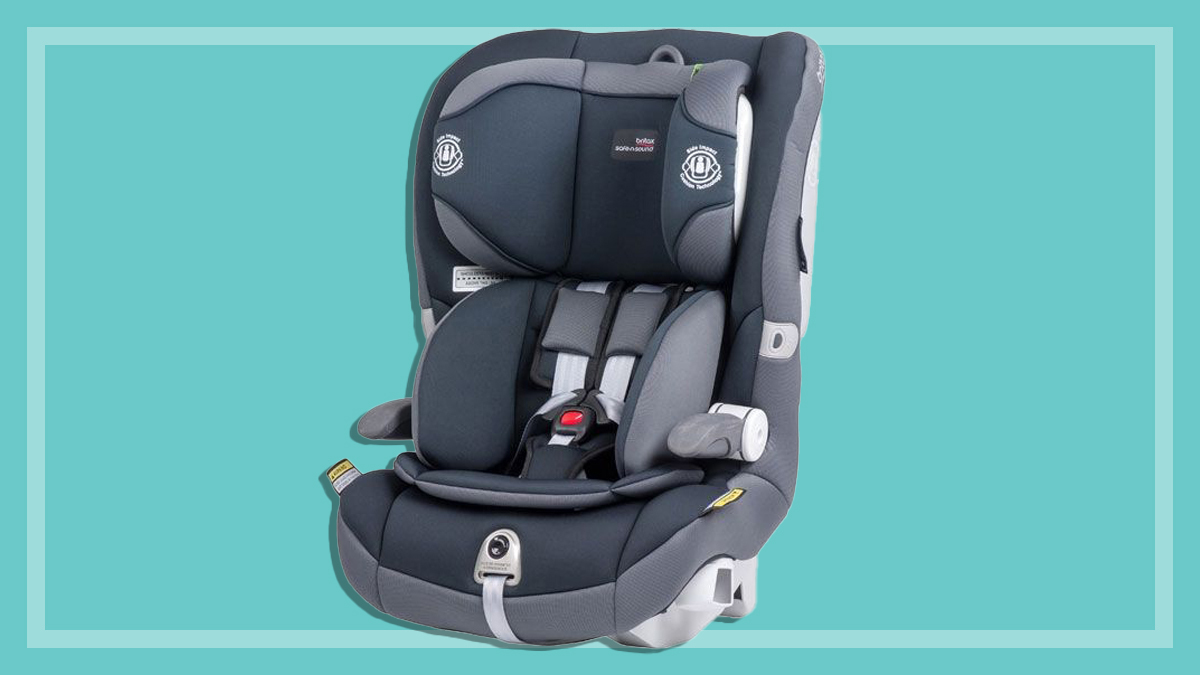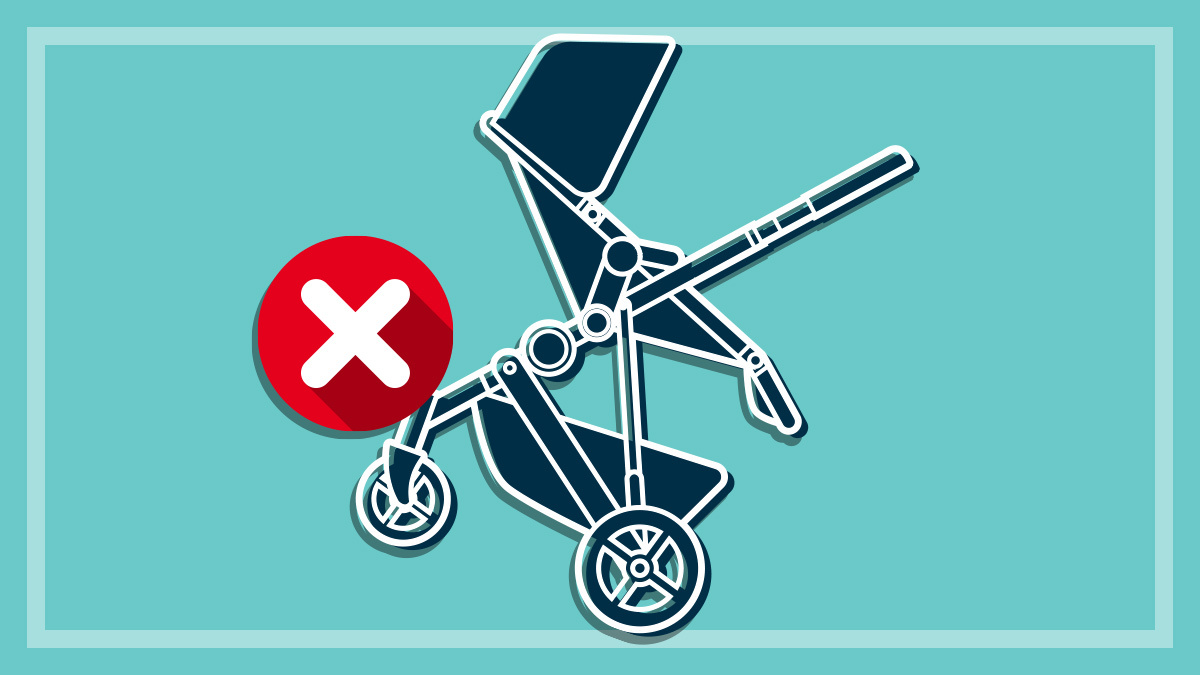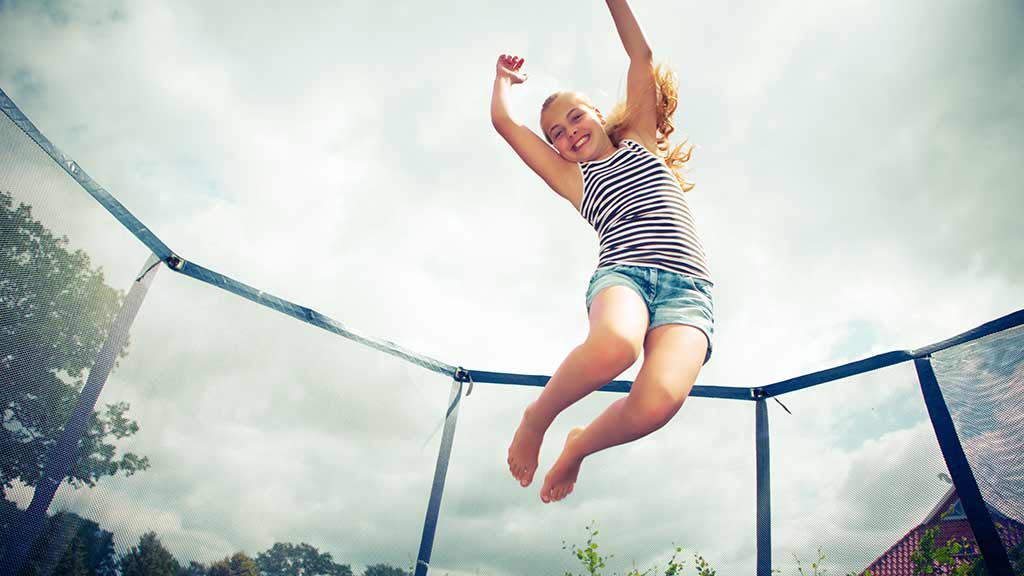Get our independent lab tests, expert reviews and honest advice.
Over half of the portable cots tested by CHOICE fail safety standards
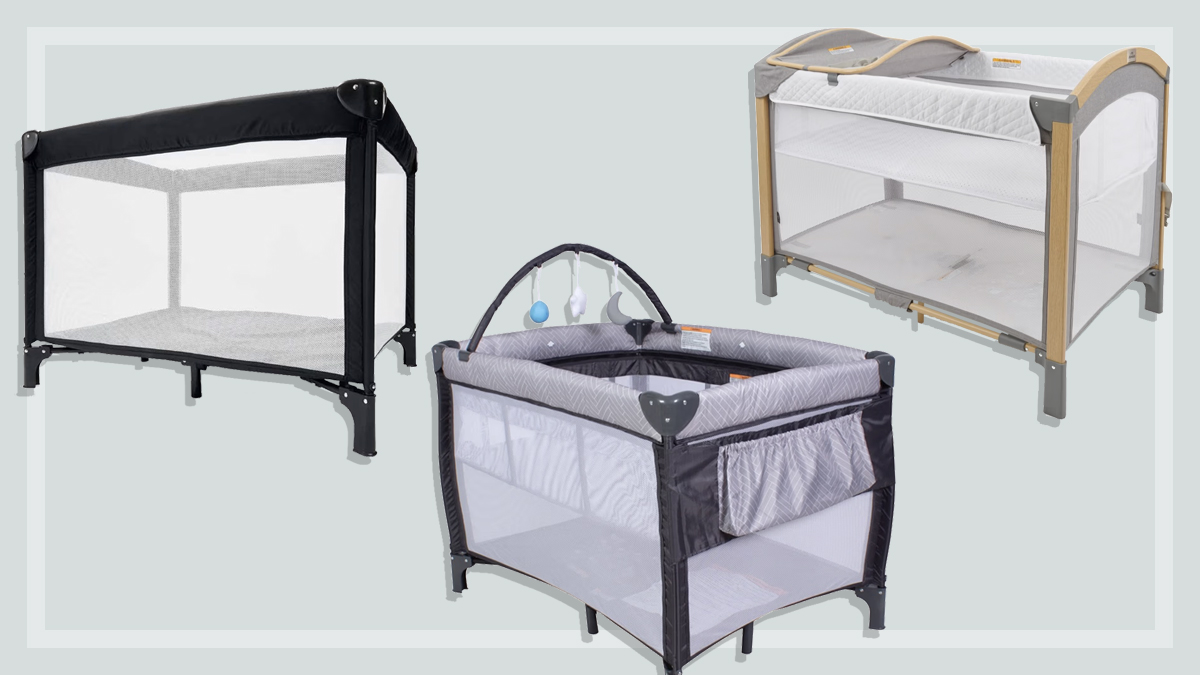
Need to know
- 16 out of 27 currently available portable cots reviewed by our experts failed to meet key safety standards, including one cot that has six serious safety failures
- Most of the safety failures relate to soft or poorly fitting mattresses, which can increase the risk of sudden unexpected infant death
- CHOICE experts say the new mandatory safety standard for infant sleeping surfaces could see better products on shelves, but there's still a way to go
On this page:
- The problems with unsafe portable cots
- The cot with six serious safety failures
- The portable cots that failed our key safety tests
- Responses from manufacturers
- Tips for buying a portacot and how to use it safely
A portable cot (also known as a travel cot or portacot) is a handy item to have in the first few years of your child’s life. It’s great for holidays and sleepovers, and a convenient option if you want a second, collapsible cot at the grandparents’ or another carer’s house.
But CHOICE experts recommend taking great caution when you’re buying this product, as many popular brands pose serious safety risks to babies.
In our lab tests, over half of these products failed key safety requirements
Kim Gilmour, CHOICE testing expert
“In our expert labs, we regularly test a selection of portable cots currently available on the Australian market,” says CHOICE testing expert Kim Gilmour.
“In our lab tests, over half of these products failed key safety requirements, which is a really disappointing result. Unfortunately, this is something we are used to seeing with this particular baby product.
“We assess all models in our labs against the most current Australian safety standard for portable cots, and are seeing models that fail crucial safety tests, such as mattress firmness.”
Gilmour says the new mandatory standard for portable cots, to come into law from January 2026, means that portable cots will need to comply with the most current Australian safety standard (the one CHOICE tests to) or other similar European or US standard.
The problems with unsafe portable cots
“One portable cot scored 0% for performance, and several others received performance scores as low as 20%, simply because they had so many failures,” says Gilmour.
In fact, 16 of the 27 models in our current review failed to pass CHOICE’s key safety requirements – that’s more than half, a worryingly high proportion.
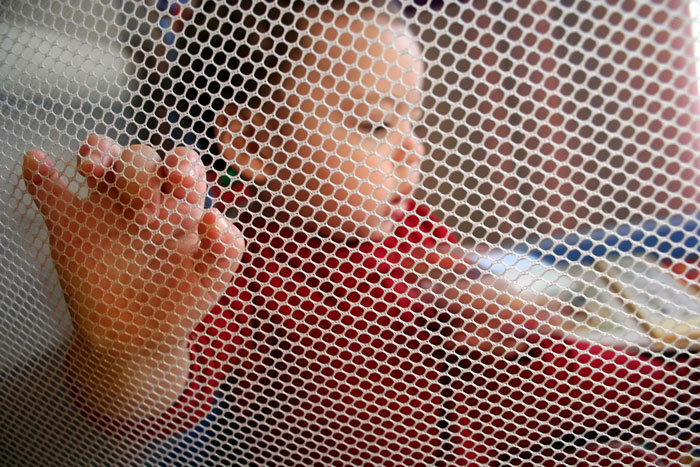
Products that failed did so for a number of reasons, including major head and limb entrapment risks and suffocation risks.
Less serious hazards include finger entrapment risks, or the possibility a child may be able to open a zipper or combination of zippers and get out of the cot.
“Most of the safety failures we see relate to the portacot mattress either being not firm enough or not fitting snugly inside the portacot base,” says Gilmour.
“Soft or poorly fitting mattresses can increase the risk of sudden unexpected infant death if an infant rolls face-first into it.
Soft or poorly fitting mattresses can increase the risk of sudden unexpected infant death
Kim Gilmour, CHOICE baby and kids expert
“The good news is there are still plenty of safe portable cots that do pass our safety tests, and which we can recommend to parents. Others have only minor safety issues.
“However, when choosing a portacot for your baby, you want to make sure you’re making the safest choice possible, so we strongly recommend checking our reviews before you buy.
“And if you’ve already purchased one of these unsafe cots, CHOICE recommends you return it to the retailer or manufacturer and ask for a full refund. You should note however that they may not oblige unless the cot has been officially recalled.”
The cot with six serious safety failures
In our mind, a cot with even one serious safety failure is one failure too many. But a cot with six serious failures is one that goes straight to the blacklist.
Vevor is a home improvement retailer that says it sells “a selection of affordable and reliable products to customers around the world” on its own website as well as Amazon, eBay and other online marketplaces. In addition to products like tools, garden essentials, outdoor equipment and automotive supplies, Vevor also sells baby products.
CHOICE expert testers found six serious safety failures with the Vevor Baby Bassinet P9070, a convertible cot/bassinet/bedside sleeper/change table mash-up.
“Safety has taken a back seat with this cot, especially as it’s trying to be so many things at the same time,” says Gilmour.
“Our accredited labs test to current Australian standards and with the Vevor we found so many failures that our experts had no hesitation giving it a performance score of zero.
“The failures include multiple fall risks including with the attached change table, as well as head, neck and limb entrapment hazards. The mattress isn’t firm enough, and there are areas where the material is not breathable and could pose a suffocation risk.”
The Vevor portable cot’s serious safety failures
- Fall risk: The height between the mattress and the top of the cot when it was in both the cot and bassinet adjustable positions (and with the cot side down) is too shallow.
- Suffocation risk: Problems with non-breathable material and zones near where a child would sleep.
- Suffocation risk: Mattress is not firm enough, creating a possible suffocation risk if a child rolls onto their side or front.
- Neck entrapment risks: At the top rails at the ends of the cot if the locking mechanism fails and the cot collapses inwards.
- Fall risk: Due to insufficient barriers on the supplied change table.
- Head and limb entrapment risks: At various areas of the cot.
Vevor Baby Bassinet P9070
Six serious safety failures
- Cot not deep enough with the drop side down (meaning baby could fall out)
- Insufficient barriers on change table (meaning baby could fall off)
- Risk of head and limb entrapment
- Risk of neck entrapment if the locking mechanism fails
- Risk of suffocation due to insufficient mattress firmness
- Non-breathable material and zones which could cause suffocation
The portable cots that failed our key safety tests
- 4Baby Liteway Travel Cot EA11816 (tested in 2021)
- 4Baby Vacation Portacot EA12116 (tested in 2022)
- Aeromoov Instant Travel Cot (tested in 2022)
- Baby Joy 4-in-1 Convertible Baby Nursery Center with Changing Table (tested in 2025)
- Baby Studio 3 in 1 Portacot RA2231 (tested in 2025)
- Chicco Lullaby Easy Portacot (tested in 2020)
- Childcare Indi 3 in 1 Travel Cot 073455-340 (tested in 2025)
- Jengo Oasis 2 in 1 Folding Cot with Changer EA11590 (tested in 2025)
- Jengo Voyager 3 in 1 Portacot EA12306 (tested in 2025)
- Kmart Anko Travel Portacot 43-139-774 (tested in 2025)
- Love N Care 3 in 1 Sleep N Go HK 993G (tested in 2023)
- Love N Care Playland Travel Cot HK 999 (tested in 2018)
- Roger Armstrong 8 In 1 Portacot RA2232 (tested in 2023)
- Star Kidz Amico Super Light Travel Cot EA11816 (tested in 2021)
- Vee Bee Amado Travel & Play Cot N9560 (tested in 2018)
- Vevor Baby Bassinet, 12-Level Height Adjustable Easy to Fold Portable Baby Bassinet (tested in 2025)
Our full portable cot reviews include information on why these models failed safety tests (and responses from the manufacturers), plus portable cots that we do recommend as safe options.
Responses from manufacturers
In response to our tests, manufacturers disagreed with our results, showing us reports from third-party labs that indicate that their products pass safety standards. At CHOICE, we operate our own in-house accredited lab, and we stand by our results.
4Baby Liteway Travel Cot EA11816:
In response to our findings, Baby Bunting provided us with a February 2021 lab report that indicates it is compliant with all requirements. At CHOICE, we operate an in-house accredited lab and stands by our results.
4Baby Vacation Portacot EA12116:
Baby Bunting disagrees with our findings and provided us with a test report from an accredited lab indicating compliance with mandatory and voluntary standards. It says it is confident that the cot conforms to the applicable requirements. At CHOICE, we operate our own in-house accredited lab, and we stand by our results.
Baby Studio 3 in 1 Portacot RA2231:
In response to our findings, manufacturer Roger Armstrong says the portacot is the same as the currently-recommended Roger Armstrong 3 in 1 Portacot RA2228 (that CHOICE tested in 2021 from a 2020 batch) apart from the fabric colour and “has never changed design or manufacturing techniques in any way in past 7 years”. It says it “disputes [CHOICE’s] findings completely. This portacot meets all standards always and has passed every single test (mattress firmness was tested in accordance with AS/NZS 8811.1:2013)”. CHOICE stands by its results on the model we tested, which was from a 2023 batch.
Childcare Indi 3 in 1 Travel Cot 073455-340
In response to our findings, CNP Brands sent us a third-party test report showing the product passes safety standards, saying “we have been selling this item through major retailers for over 24 months, and they have conducted thorough inspections of their stock without raising any of the concerns mentioned in the report. Furthermore we have not received any safety concerns from either the QA teams of the retailers or from end customers”. It believes CHOICE did not assemble the cot correctly; CHOICE also operates an in-house accredited lab and stands by its results.
Jengo Oasis 2 in 1 Folding Cot with Changer EA11590 and Jengo Voyager 3 in 1 Portacot EA12306:
In response to our findings about its Jengo-brand portable cots, Baby Bunting says it “disagrees with the findings and reviews of our private-label portable cots by CHOICE. All our private-label products are independently tested by reputable world-class third-party laboratories against both the ACCC mandatory standards and most current voluntary Australian or recognised international standards. All our products go through stringent lab and in house testing to ensure the utmost safety to our customers“.
At CHOICE, we operate our own in-house accredited lab, and we stand by our results.
Love N Care 3 in 1 Sleep N Go HK 993G:
Love N Care disagrees with our findings and provided us with test reports from an accredited lab indicating compliance with mandatory and voluntary standards. At CHOICE, we operate our own in-house accredited lab, and we stand by our results.
Star Kidz Vivo Super Light Travel Cot:
In response to our findings, the manufacturer has provided us with a test report from an accredited lab that says the Star Kidz Vivo passes all relevant safety standards. At CHOICE, we operate our own in-house accredited lab, and we stand by our results.
Vevor Baby Bassinet P9070:
After being alerted to our findings, Vevor said: “We dealt with this product as soon as possible and it is no longer for sale.” However, while it is shown as unavailable on several online stores, some stock still seems to be available online as of February 2025. CHOICE urges consumers to avoid this product.
Tips for buying a portacot and how to use it safely
“Price or brand is not an indicator of how safe these products are,” says Gilmour.
“We find that even some of the leading brands of portacots have issues that pose safety risks for babies.
“Our advice is to always check our reviews and do some research before you settle on which one to purchase.”
Here are some tips on how to buy and use a portacot safely:
- Travel cots are designed to be used temporarily only – they are not suitable to use as a permanent sleep option.
- Before you buy, check the government’s product safety website to see if there have been any product recalls or safety issues with particular brands or models.
- Only use the mattress or padded base supplied by the manufacturer – don’t use other mattresses, as they can pose a suffocation risk or make the cot too shallow, allowing a child to climb out too easily.
- The mattress should be firm and snug-fitting all around to avoid trapping the baby’s head.
- Make sure there is breathable mesh material all around where it meets the top of the mattress area.
- Make sure there’s nothing sticking out that could snag the baby’s clothes or act as a foothold for the baby to climb out.
- Don’t position the cot beside blind cords, power points, windows or other hazards.
- Never put pillows, cot bumpers or soft toys in the portacot – not only because they’re a suffocation risk, but because they can also be used to climb out.
- Once the baby weighs more than 15kg, or can undo the folding latches, stop using the portacot.
The state-of-the-art CHOICE labs are accredited by the National Association of Testing Authorities (NATA) to test products to a wide range of standards.
Our children’s products lab is NATA-accredited to test products such as prams/strollers, cots, cot mattresses, portable cots, highchairs and dummies. Our NATA accreditation helps ensure that our lab test results are rigorous and trustworthy.
With more than 20 years of experience, our expert testers know the ins and outs of babies and children’s products. They’ve seen all sorts of portable cot configurations on the market, and have put each type to the test.
Our testers also sit on the Australian Standards committees for children’s products, making them very well qualified to determine which products are safe and which aren’t.

